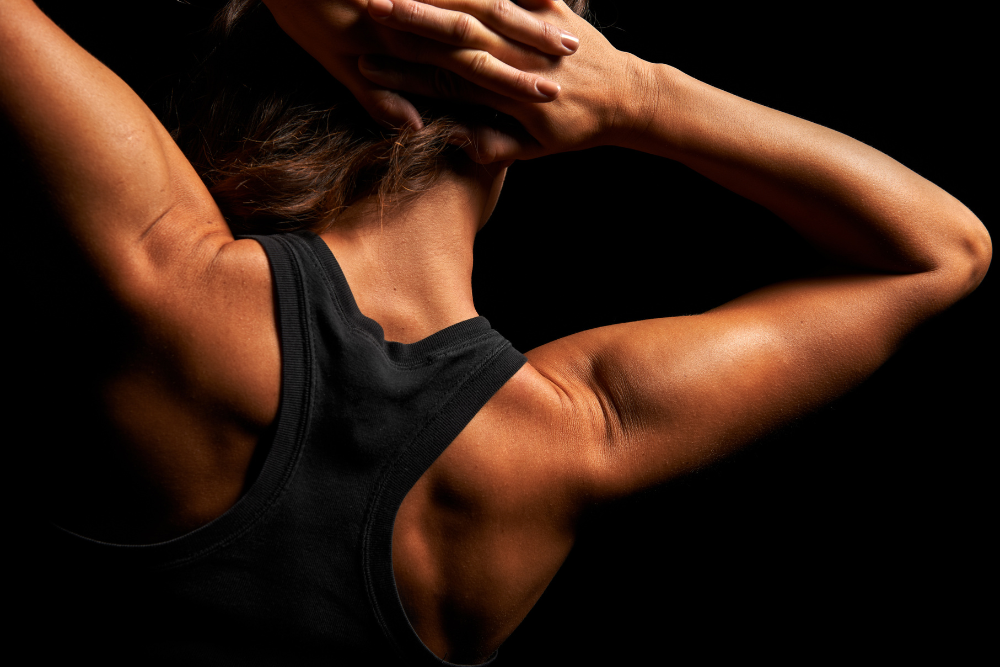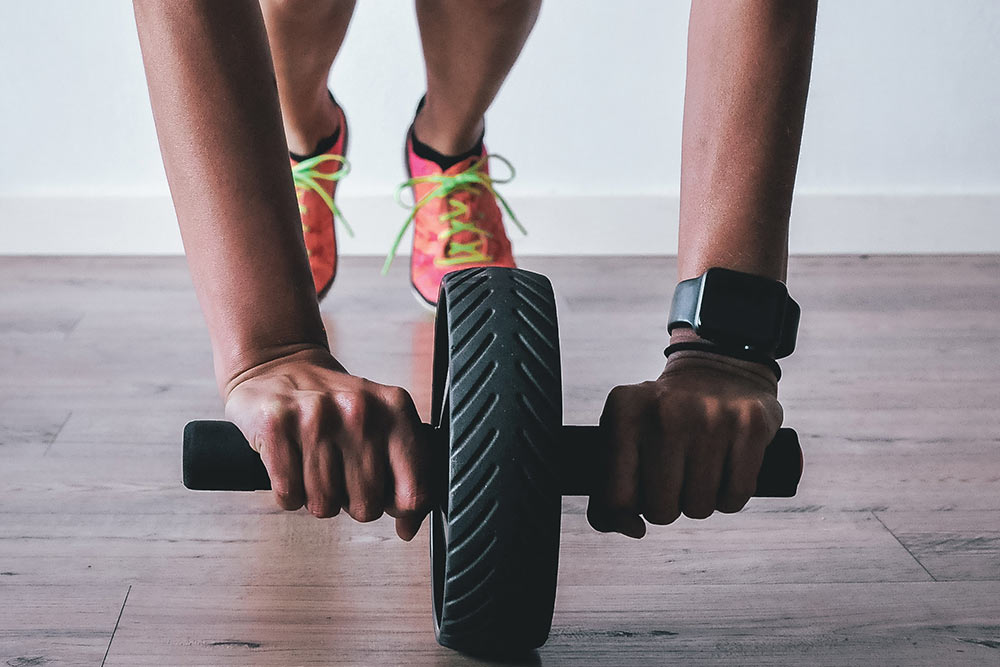TRX for Climbers: An Affordable Training Tool

Glancing at the scabrous backs of my hands as I type, it’s obvious to me that climbing season is ramping up. This is a wonderful time of year for many reasons. First, rock climbing is cheaper than skiing, so I’m looking forward to my paychecks going farther. Also, my chances of suffering a life-altering knee injury will drop significantly over the next few months, at least I think they will? Oh yea, and no more lift lines. Or jeans tucked into ski boots. Or squirrel-skinned coats. I could go on. Anyway, the joyous arrival of spring also means it’s time for me to consider getting my body from mediocre skier form to slightly-less-than-mediocre climber form.
There are expensive ways to do this. For example, a yearly gym membership in the town where I work costs upward of a thousand bucks. I can justify spending that on a ski pass because, you know, it includes an entire mountain? Honestly though, even that’s pushing it. Paying that for some weights, a couple treadmills and weekly spin classes? Nah dude. I’ll take matters into my own hands.
Funny story – I was a model in fashion show a few weeks back. It was for charity, but still, it was kind of a big deal, and people wanted to look their best. For almost all of the men involved, that meant busting out a few reps in the subterranean hallway where we were stabled below the venue. I thought it would be a push-ups and sit-ups kind of deal, but these dudes took it fairly seriously. I saw fitness equipment I’d never seen before. Select-weight dumbbells that formed like Voltron. Surgical tubing in all the colors of the rainbow. It was miraculous. By far the most magnificent subterranean boiler room fitness expo I’ve ever attended. I got to test a lot of cool and innovative stuff, too. One specific item, the TRX suspension system, piqued my interest as a promising workout tool for rock climbing. As I would later confirm, following a thorough evaluation period during which myself and no less than seven other spray-tanned dudes vigorously tested the product, the initial assessment was accurate.

TRX for Climbers — Why it Appeals To Me As a Climber
I mentioned earlier that I can’t afford a gym membership. I mean, I could, but I don’t want to. Actually, I probably couldn’t. Yea, definitely couldn’t, but only because they’re prohibitively expensive. Also, I don’t make a lot of money, so I’m looking for something that’s versatile and affordable. Portability is a bonus. The TRX Home 2 System checks all of those boxes. The system is very simple. How simple, you ask? A Navy Seal built the prototype with a jiu-jitsu belt and parachute webbing. That simple. The materials and design have come a long way since then, but the idea – suspension training – is still the same. As a modality, suspension training focuses on leveraging gravity and body weight to induce a training response.
You can mount the system to a wall, ceiling — even a door. Once you’ve got it set up, the TRX is just a few simple adjustments away from hundreds of exercises. Flys, presses, rows – TRX does them all. What’s especially appealing, aside from the portability and versatility, is that suspension training constantly engages your core. That’s pretty darn important for us climbers, obviously, and we’ll probably never stop torturing ourselves with masochistic ab routines, but adding some extra core training is always a good thing, in my opinion.
Conclusion
TRX also has a pretty cool app to help you navigate the world of suspension training. What’s not to love? All in all, for the budget climber, or any fitness enthusiast that’s on the go, a TRX system is a pretty solid investment.You Might Like:














